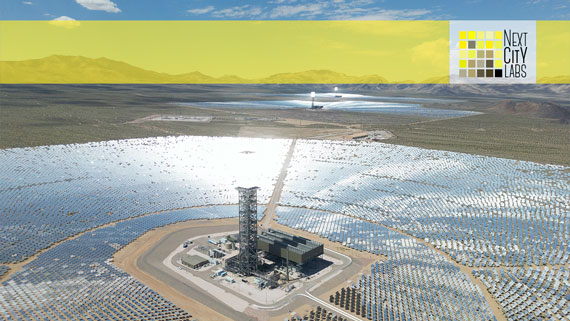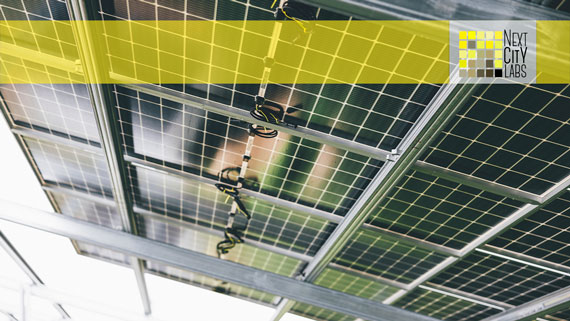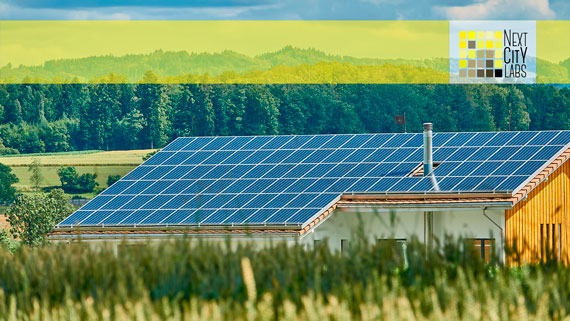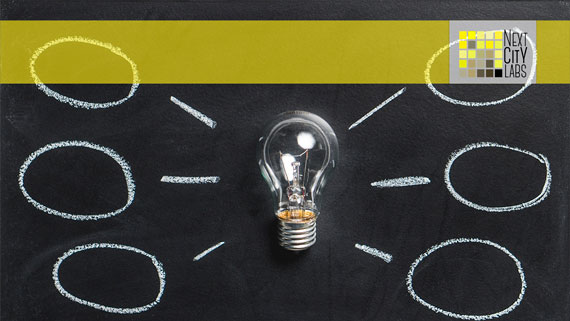Solar lighting
Photovoltaic lighting is the combination of photovoltaic power generation technologies, energy storage, and LED lighting all in one. If LED lighting has been a paradigm shift in public lighting, photovoltaic lighting is laying the foundations for the next revolution.
One of the most recurrent and successful Smart Lighting solutions to meet the lighting demand are solar luminaires. It is the combination of three major technologies such as photovoltaics, energy storage and LED lighting, all in one product.
Within the solar lighting, the product to highlight are the integrated type luminaires, meaning, they contain all the elements within the same fixture. In the upper part they have a solar panel that absorbs all the solar energy during the day, which is accumulated in a battery, to finally illuminate through LED plates.
One of the most important aspects to consider within this technology is the battery: NextCity Labs® uses state-of-the-art batteries based on lithium iron phosphate (LiFePO4) technology. This type of battery is the leading trend in energy storage due to its safety, its high performance especially in high temperature environments, and its long life. A quality battery will determine that the fixture can be of quality and meet its expected lifespan.
The autonomy of the batteries is crucial in the development of these projects, so it should be customized to the circumstances of each project, always carried out by experienced professionals. Thanks to the studies made by the NextCity Labs® engineering team, the luminaires can be installed in cities or other places giving municipalities the peace of mind of having lighting every night of the year.
Luminous efficacy is another key aspect in lighting, especially in photovoltaic lighting. A high luminous efficacy will allow better illumination using less energy, thus contributing to a longer battery autonomy.
On an environmental level, photovoltaic lighting technology allows for lighting with 100% renewable energy, using photovoltaic energy to reduce the impact of the carbon footprint to a minimum. Since it does not need to be connected to the grid, it is also the ideal choice for remote locations without electricity infrastructure or where the supply is unstable.
The economic costs for implementing these luminaires are much lower, due to the elimination of electricity costs and the absence of electrical installation and wiring costs. Simply install the luminaire in a place with good solar radiation and you will have perfect lighting during the night.
The benefits for the communities are numerous, especially if we take into consideration that the municipalities' electricity expenses are very high each year. These savings allow these funds to be used for social expenses such as health care. It is also important to underline the importance of these energy savings at the global level, given that urban lighting accounts for about one fifth of the world's electricity consumption.












